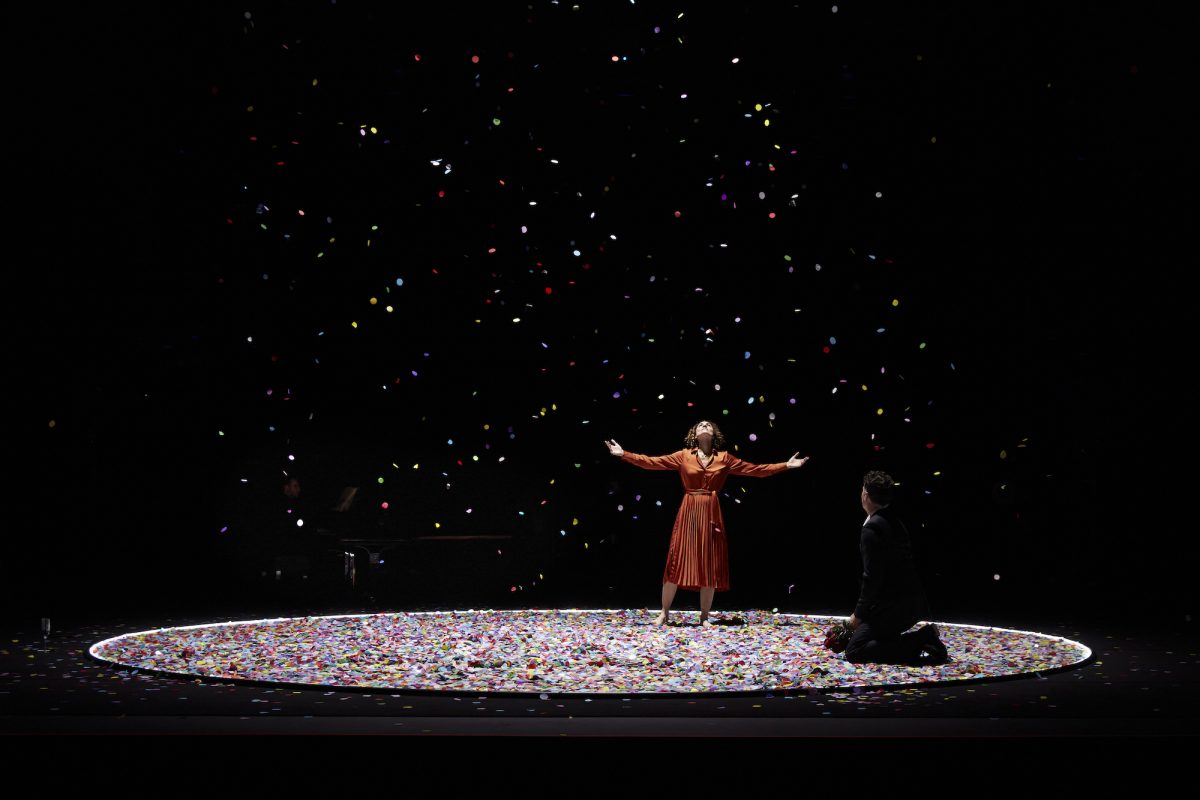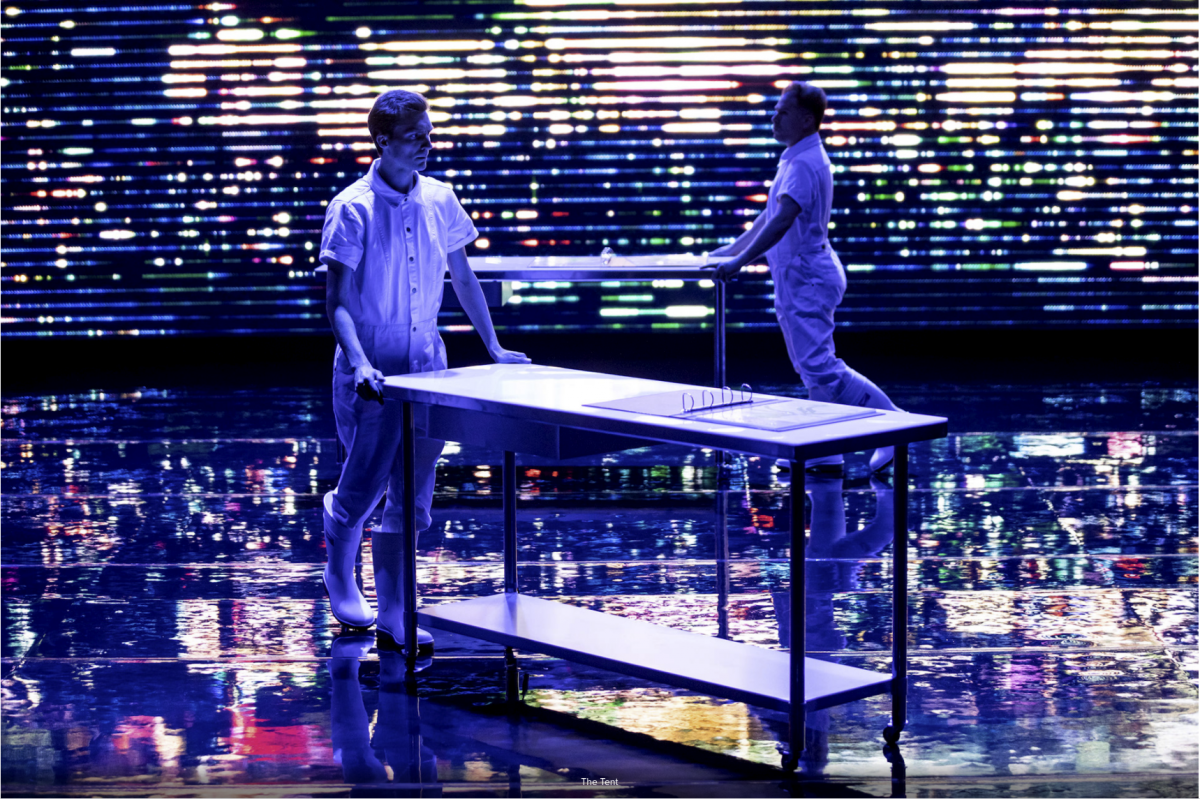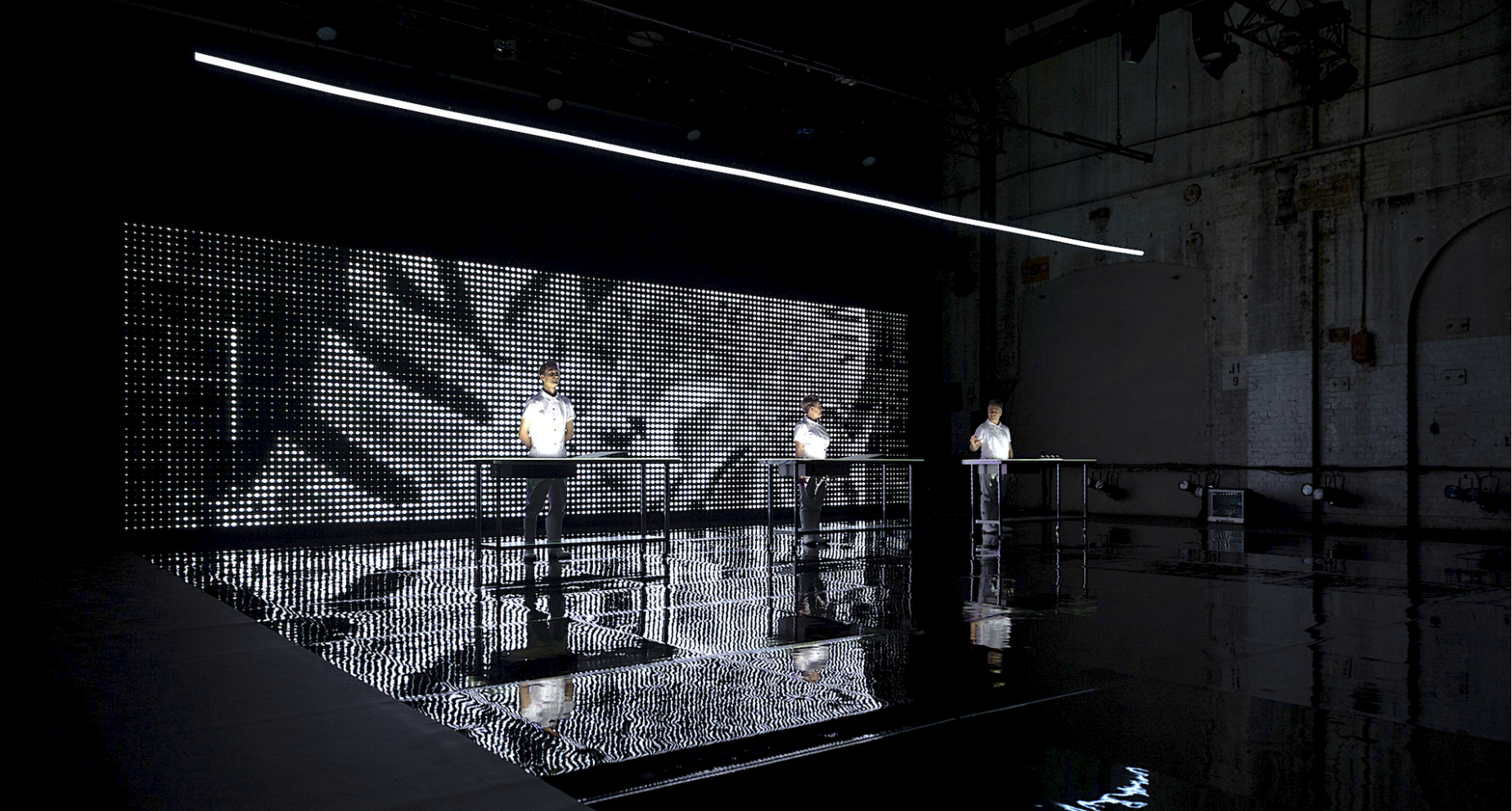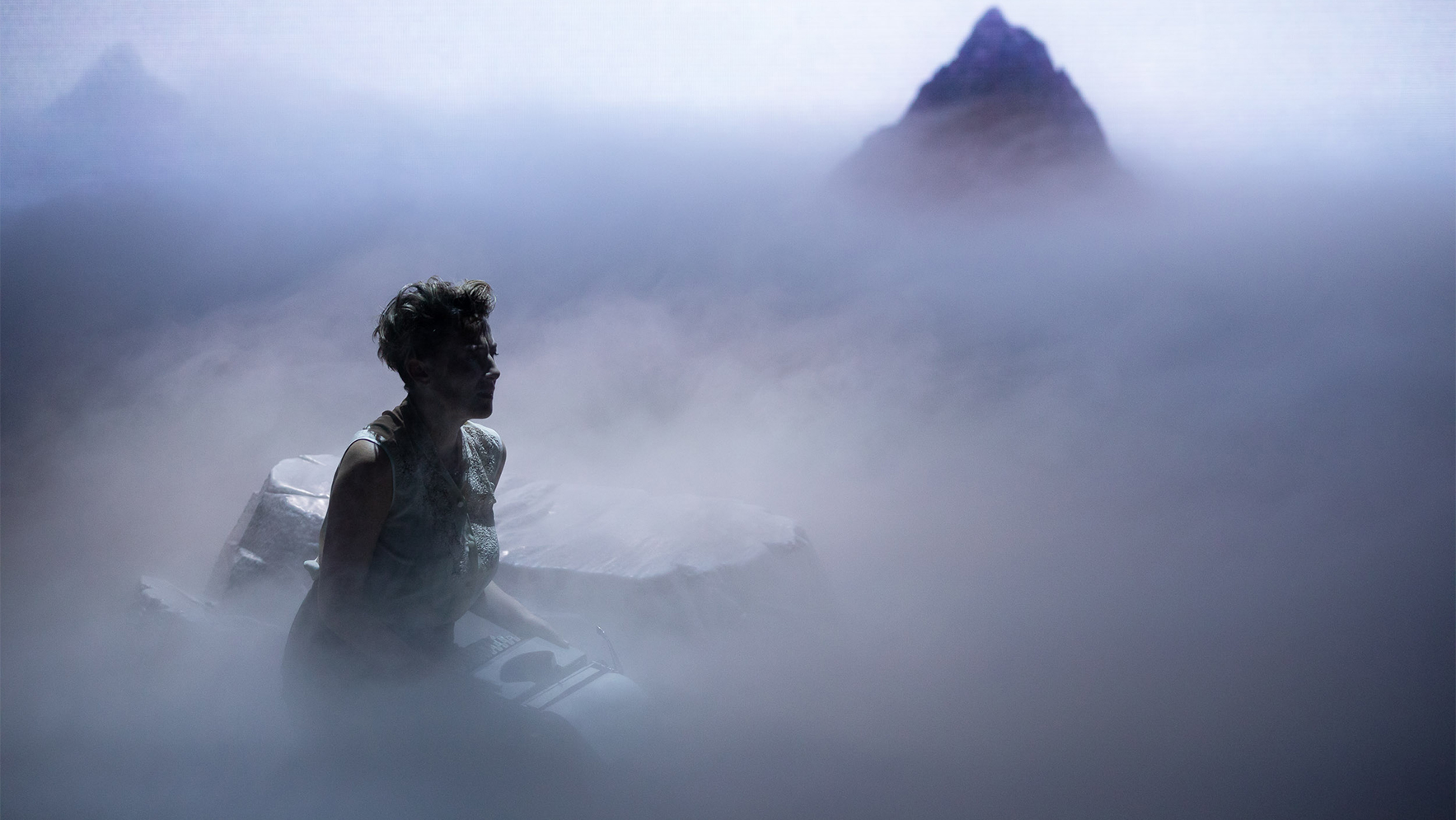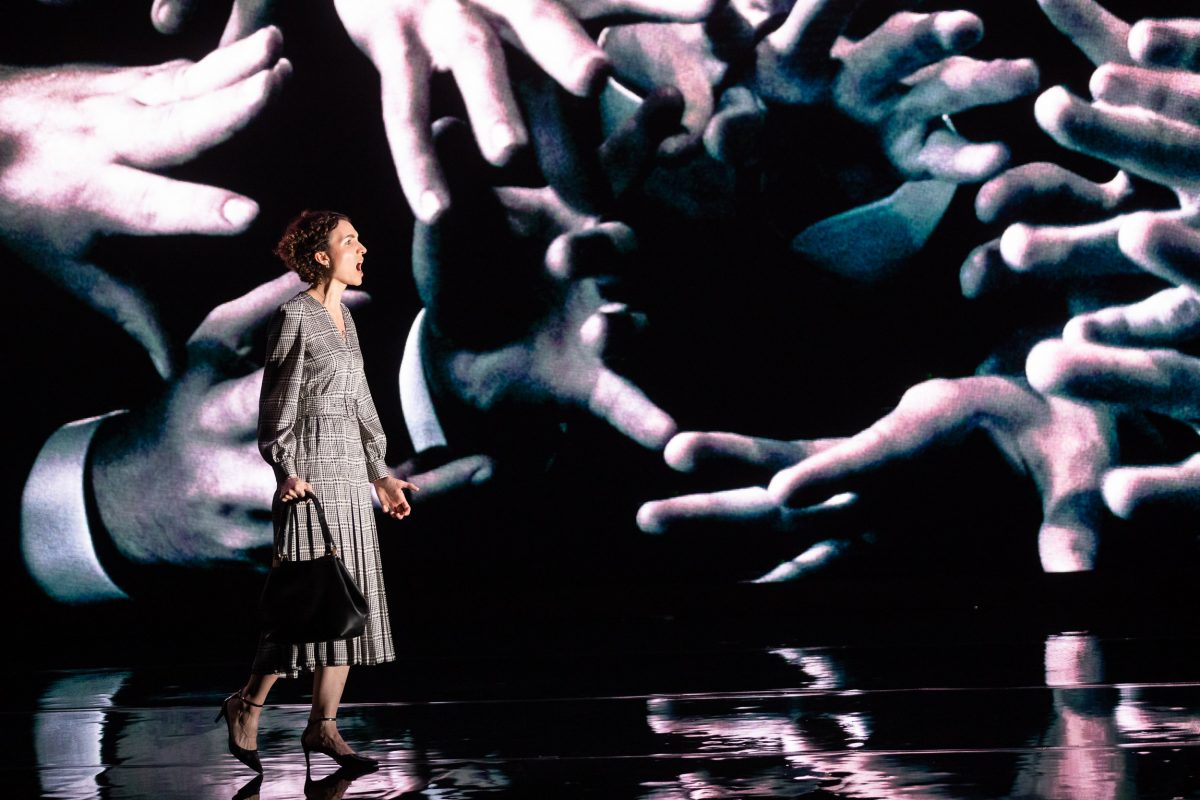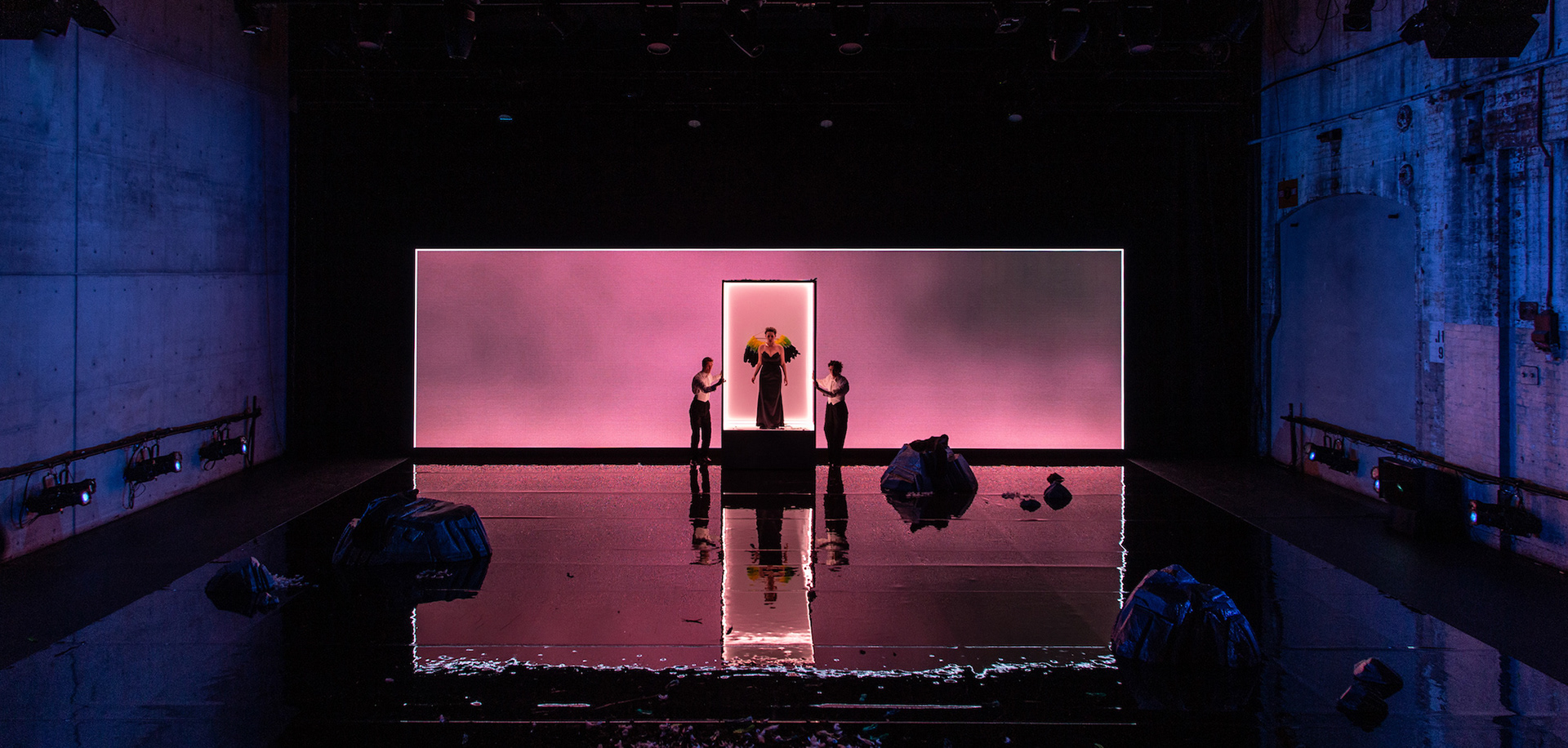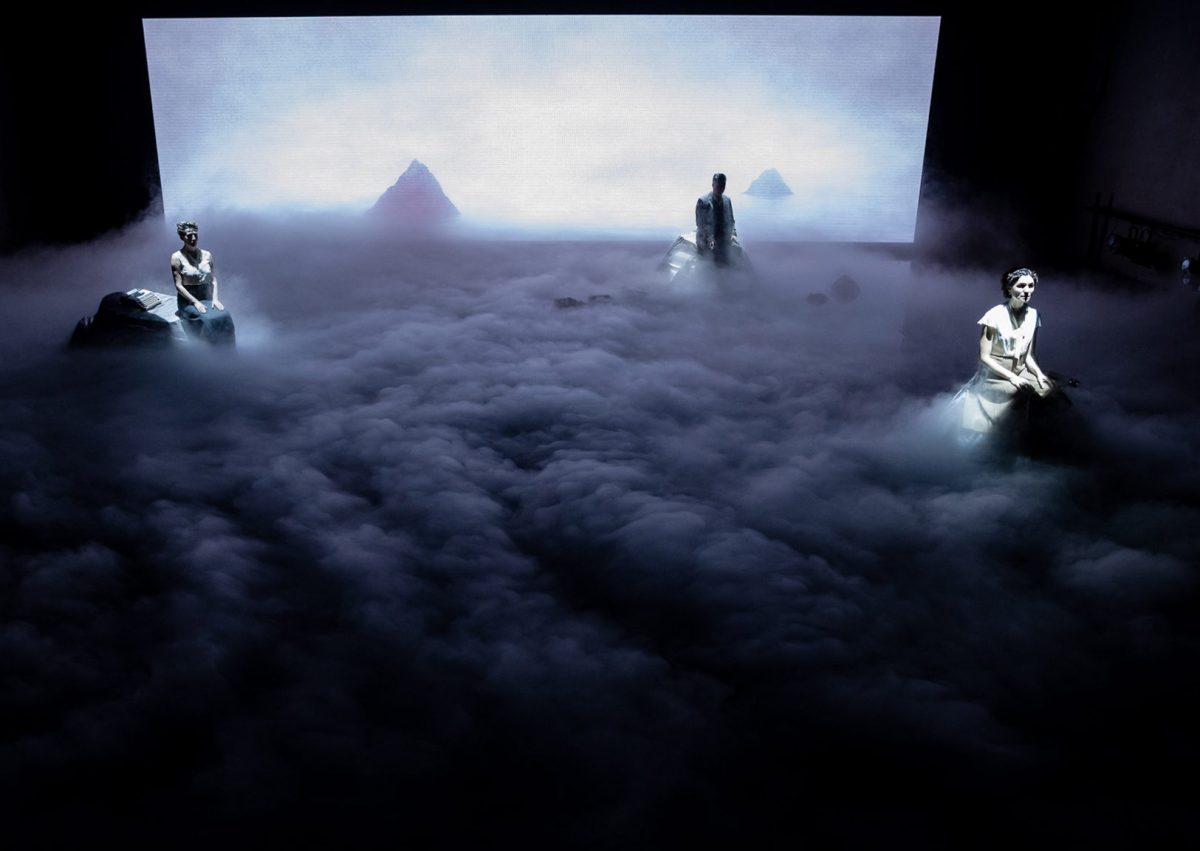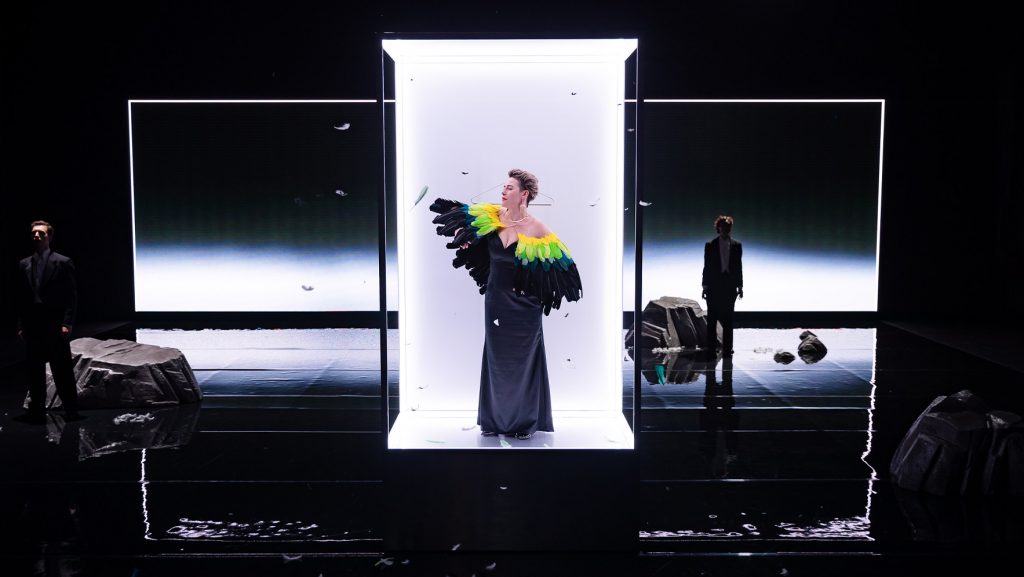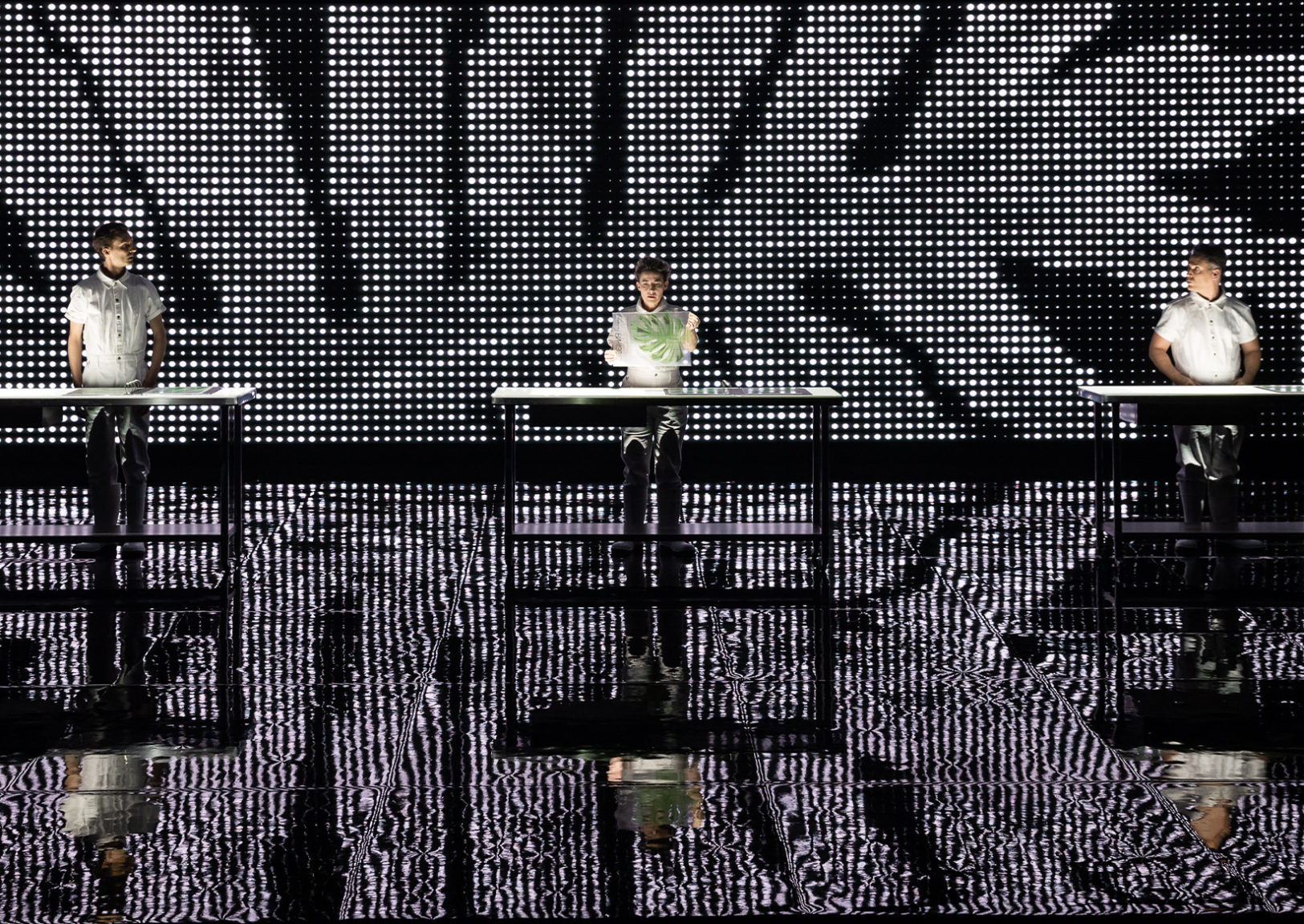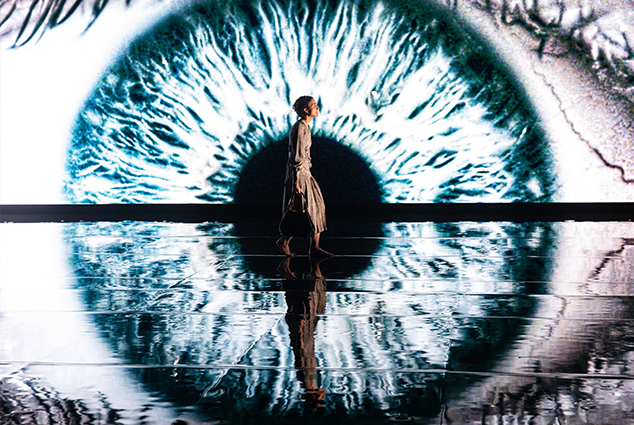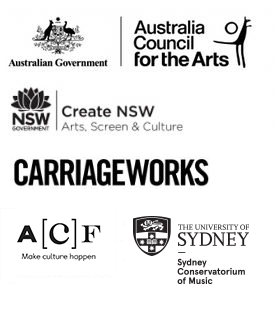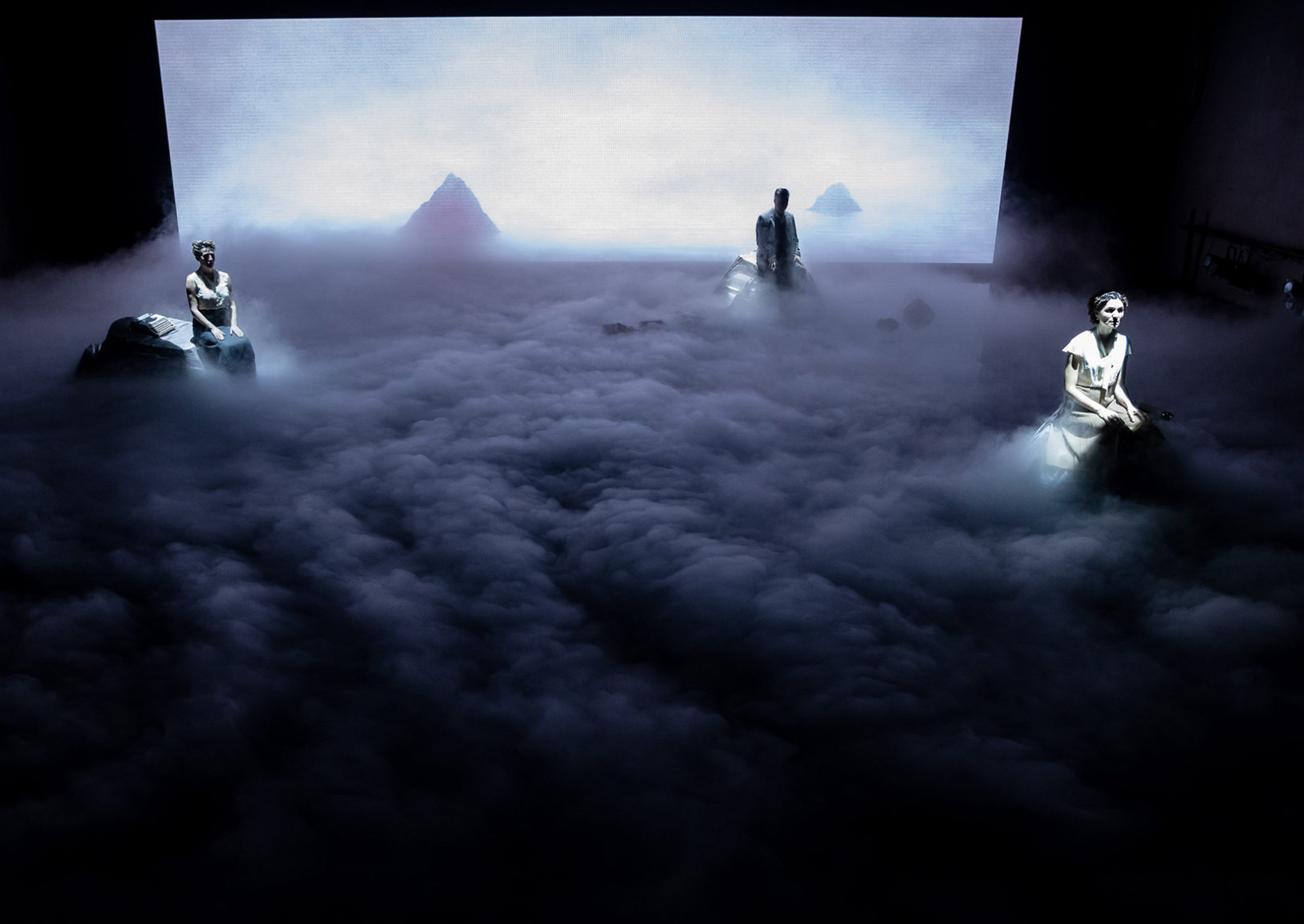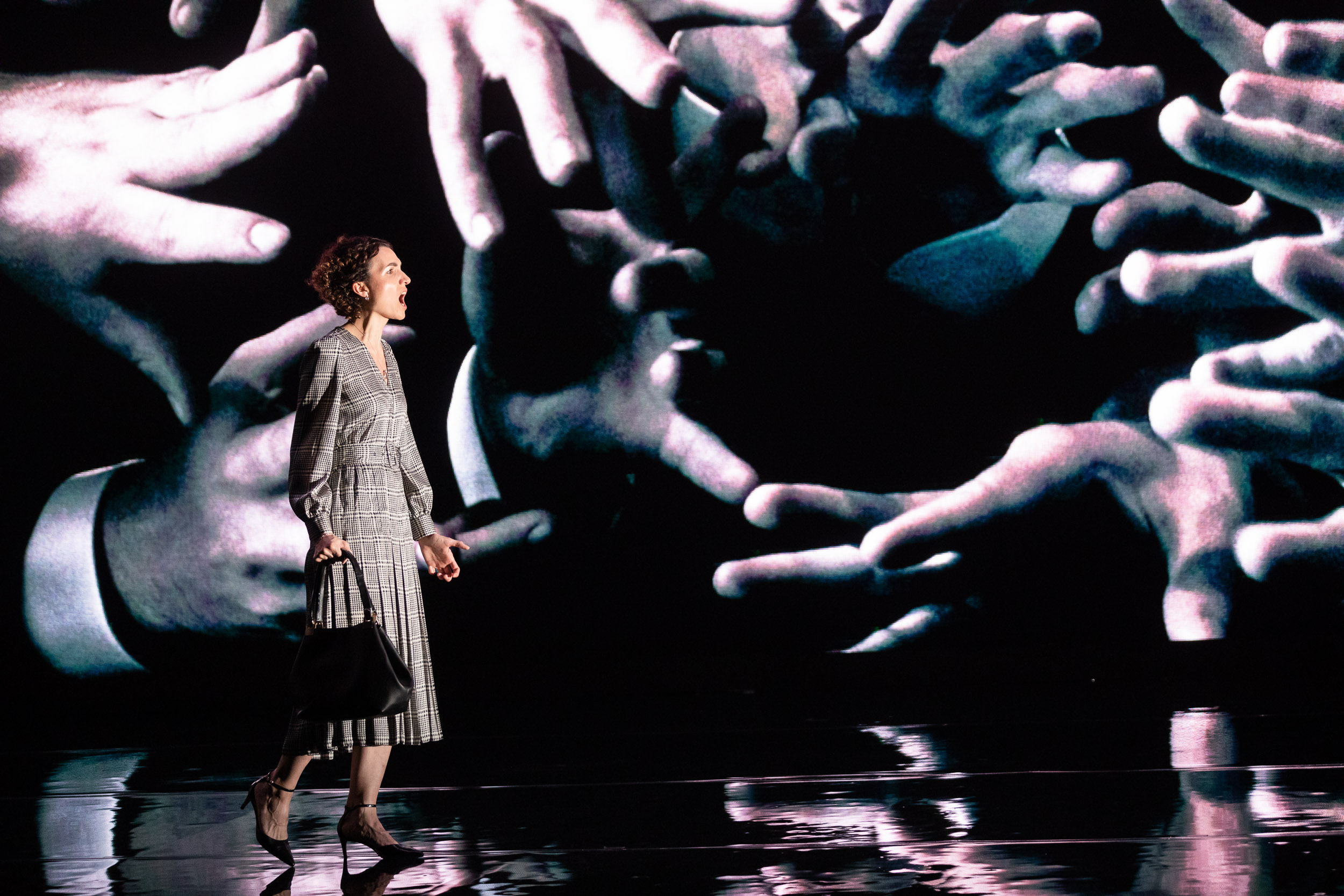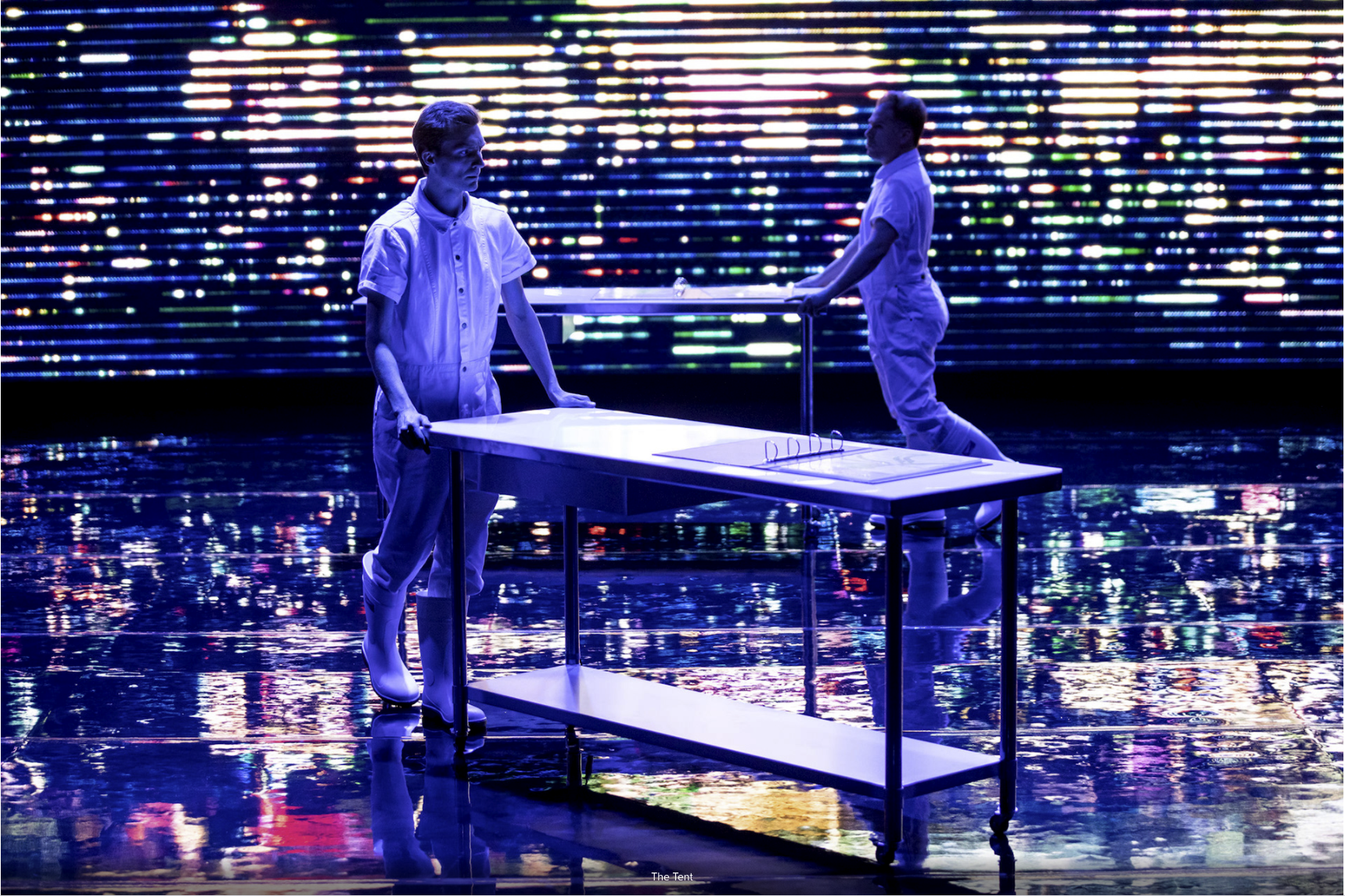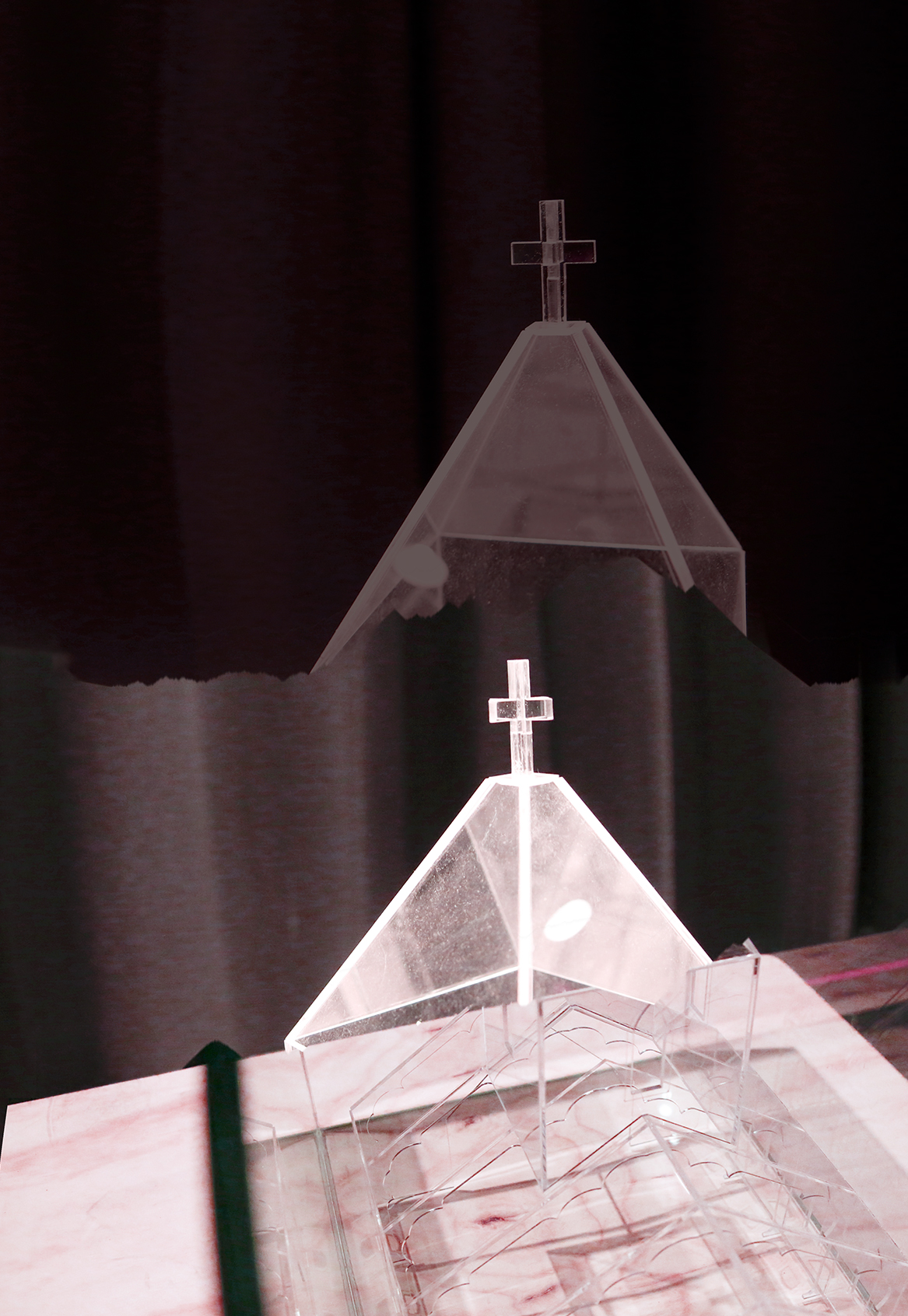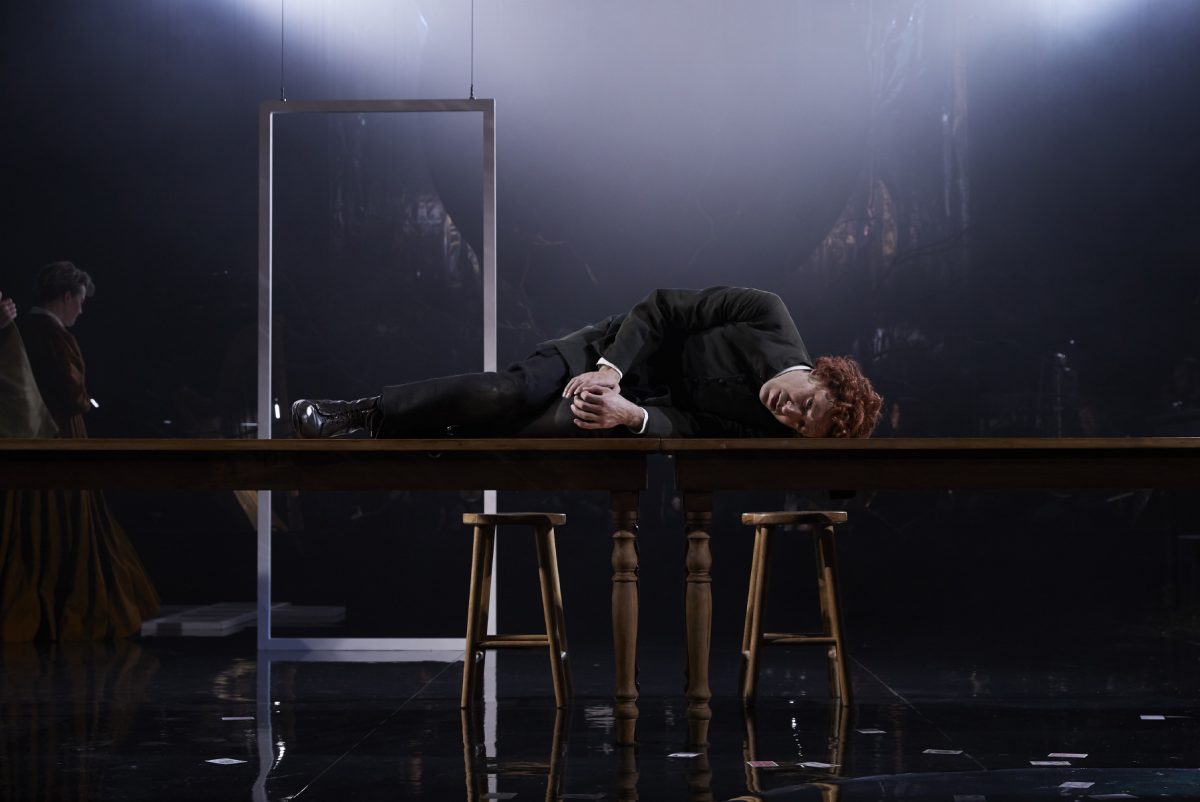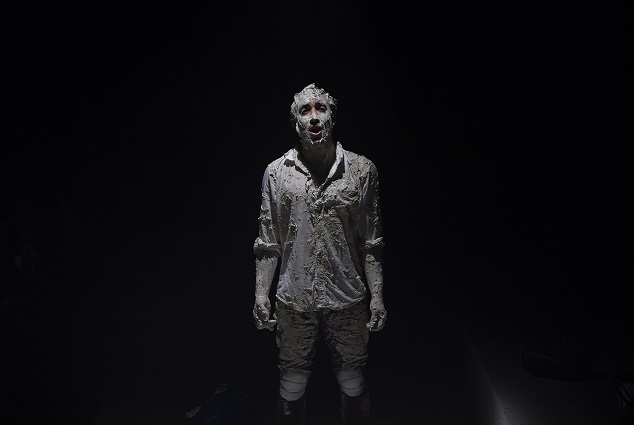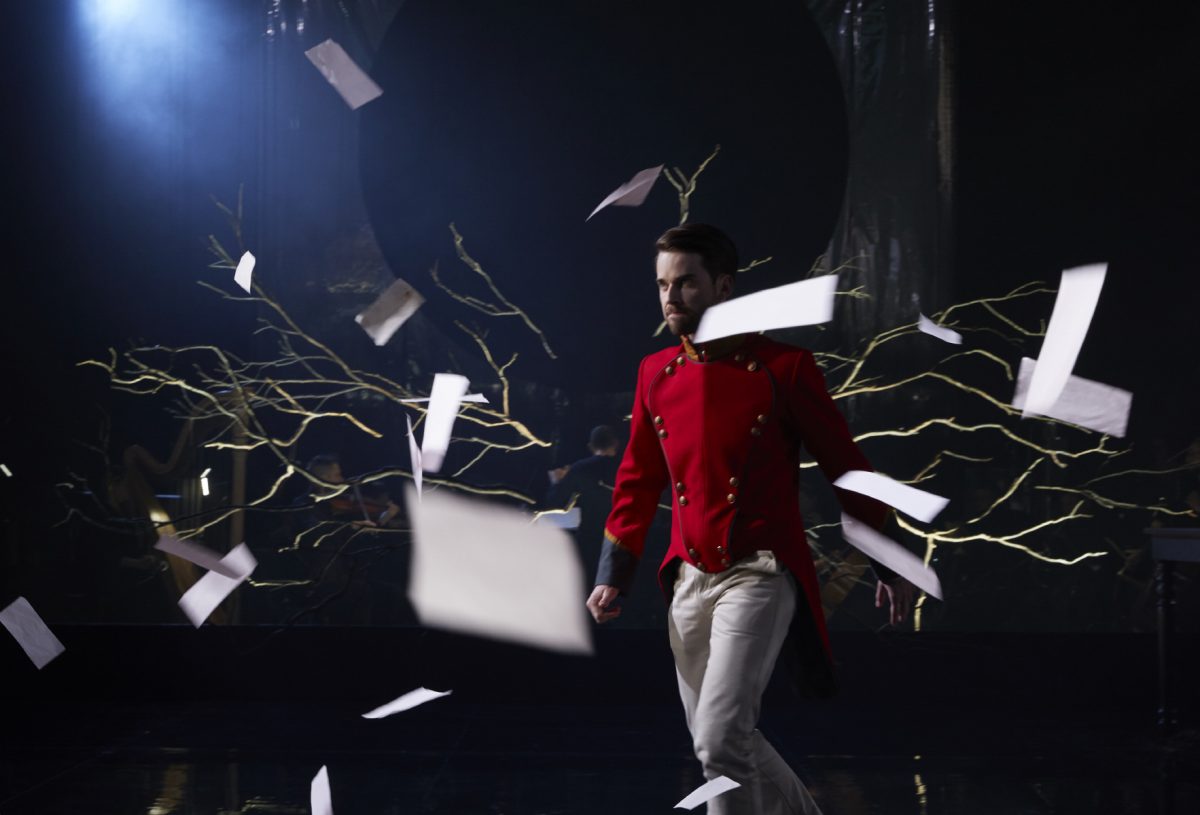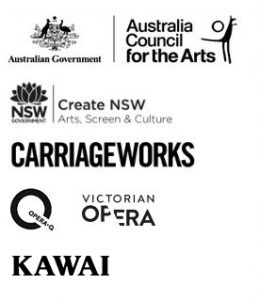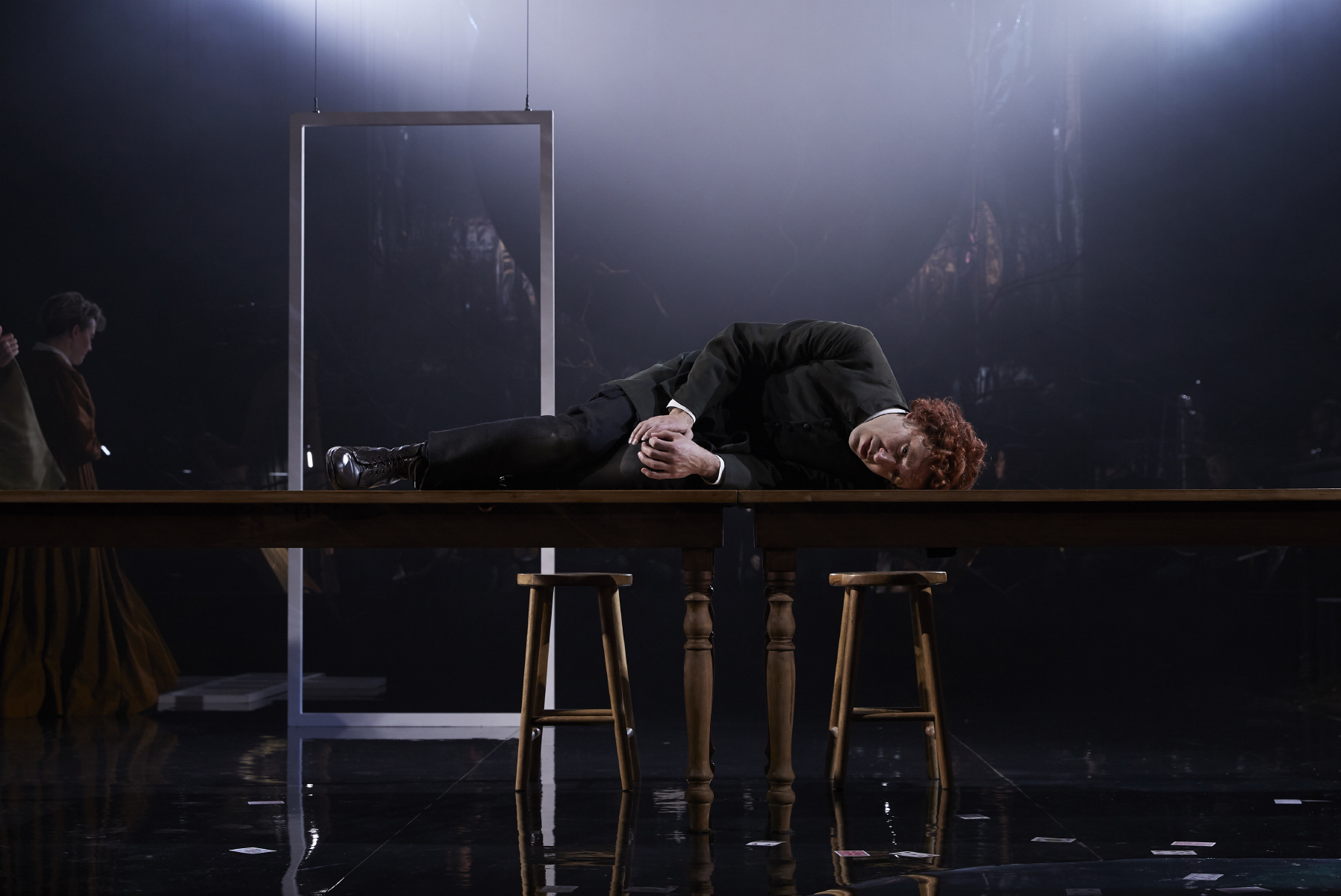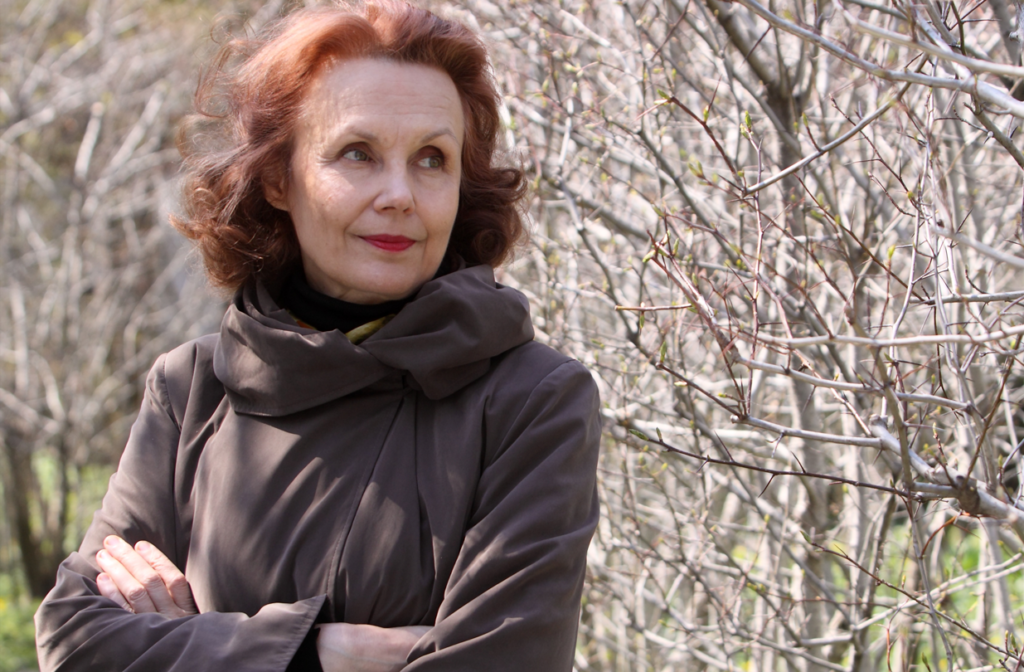FUTURE REMAINS
A Double Bill of:
Diary of One Who Disappeared
by Leoš Janáček
Fumeblind Oracle
by Huw Belling &
Pierce Wilcox
World Premiere
View the program here
Written in the aftermath of World War I, Czech composer Leoš Janáček’s Diary of One Who Disappeared is a lacerating song cycle of delusion and illicit desire centred on a man who would abandon everything for forbidden love. Troubling and sensual, it has never been staged in Australia – until now.
And there’s more. In response to Janáček’s masterpiece, SCO’s Huw Belling (Victory Over the Sun) spins out the tale, taking it new and dangerous depths in the world premiere of Fumeblind Oracle, a partner piece in which the lone woman moves from love poetry to god-guided violence.
Inspired by Sappho and Homer’s Iliad, a new libretto by Pierce Wilcox (Oscar & Lucinda) breaks expectation to pieces and builds a real, breathing person from the shards while director Alexander Berlage, acclaimed for American Psycho and Cry-Baby applies his electric visual style to this remarkable diptych.
Director
& Lighting Design
Alexander Berlage
Set & Costume Design
Jeremy Allen
Sound Design
Benjamin Carey
Dramaturg
Bernadette Fam
Singers
Andrew Goodwin
Jessica O’Donoghue
Piano
Jack Symonds
Actors
Amy Hack
Chemon Theys
This production is proudly supported by Kim Williams AM
and was developed as part of Carriageworks 2020
In Development Program.
The staging of Diary of One Who Disappeared was commissioned by Sydney Opera House, enabled by Prof Ross Steele AM.
Piano sponsored by Kawai Pianos, Australia.
This project has been assisted by the Australian Government through the Australia Council, its arts funding and advisory body and the NSW Government through Create NSW.
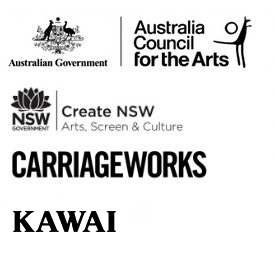
Gallery
VENUE
Carriageworks
Bay 20, 245 Wilson St, Eveleigh
duration
70 minutes
Press Reviews
Discover More
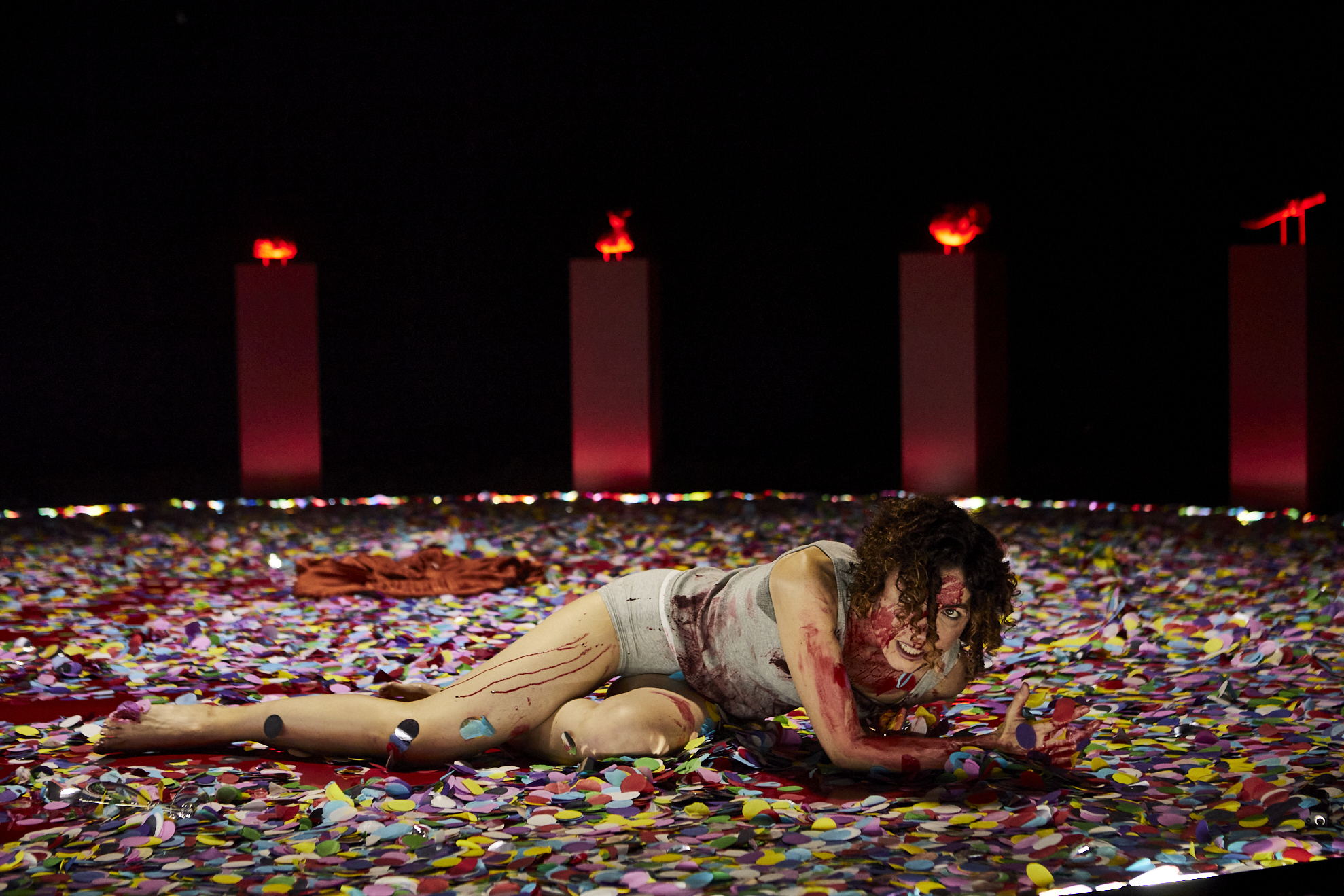
Opera wasn’t dying – it was being murdered
Singer Jessica O’Donoghue on her journey to SCO and the future of opera.
Keep in touch
General Inquiries
- contact@sydneychamberopera.com
-
SCO, Carriageworks
PO Box 3035 Redfern, NSW 2016
Postal Address -
SCO, Carriageworks
245 Wilson St Eveleigh, NSW 2015
Resident Address - (02) 8571 9106
